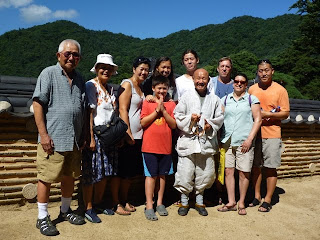I asked Chris, based on all she has accomplished with and for women and girls, what four important programs remain to be done. She said we need to:
-provide women with surround services such as child and health care
-increase the number of business development opportunities for women
-help women with asset development
-provide more training and education to help women become economically independent
These four important services will be the focus of the Network's fundraising for the future. But Chris says in a December 26, 2010 article in Women's eNews:
"To do that, we need a movement of people conducting research, identifying solutions and mobilizing opinion and lawmaking.
We also need an overall vision of the sort of balanced society that we seek, where women and girls have a chance to reach their fullest potential. Otherwise we are all left struggling with the deadening consequences of poverty and inequality across the board.
To serve this vision, leaders in women's philanthropy know we must scale up our movement building.
The Women Moving Millions Campaign -- our partnership with visionary philanthropists Swanee and Helen LaKelly Hunt – is just the start of what we can achieve through our collective power."Chris has set the bar very high for all of us working with women and philanthropy. I know how very different the world is now from even ten years ago because of the presence and activity of women's funds. Attention has been created through the funds themselves, the WFN, and attention from the media. Now we need to turn this focus into action so Chris' four programs will be mainstreamed and funded, not only by women's funds, but by foundations, men, and everyone who cares about what our world should look like and be about.






































